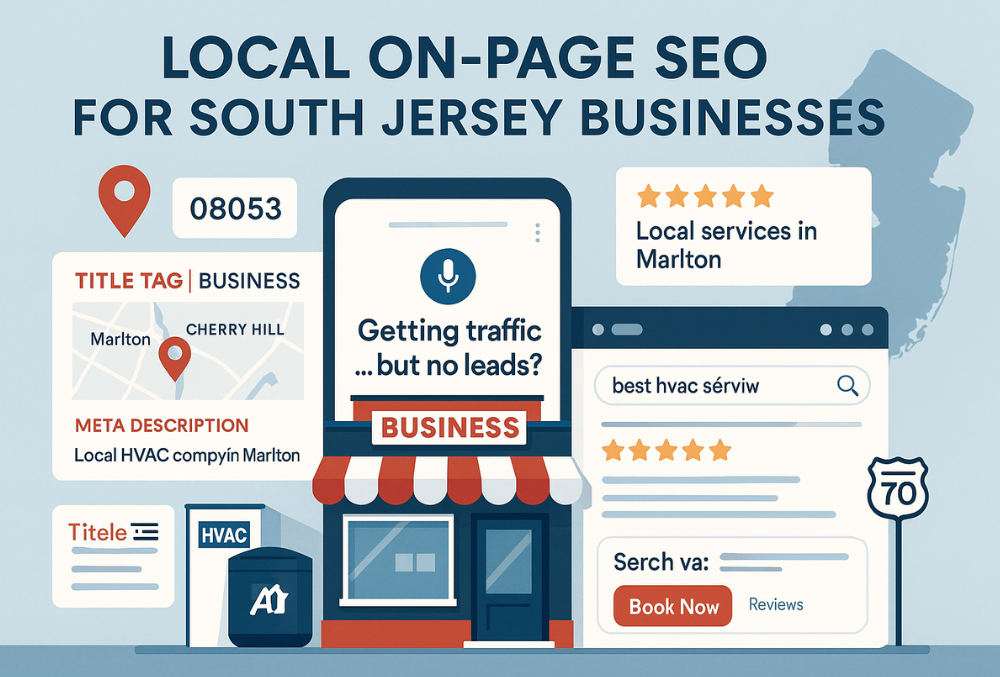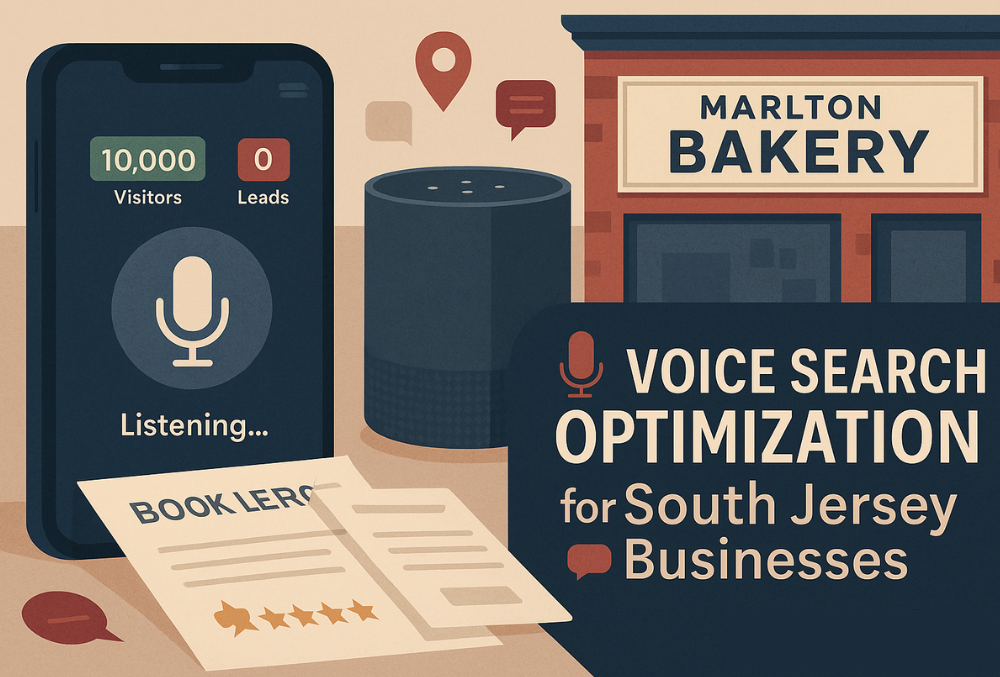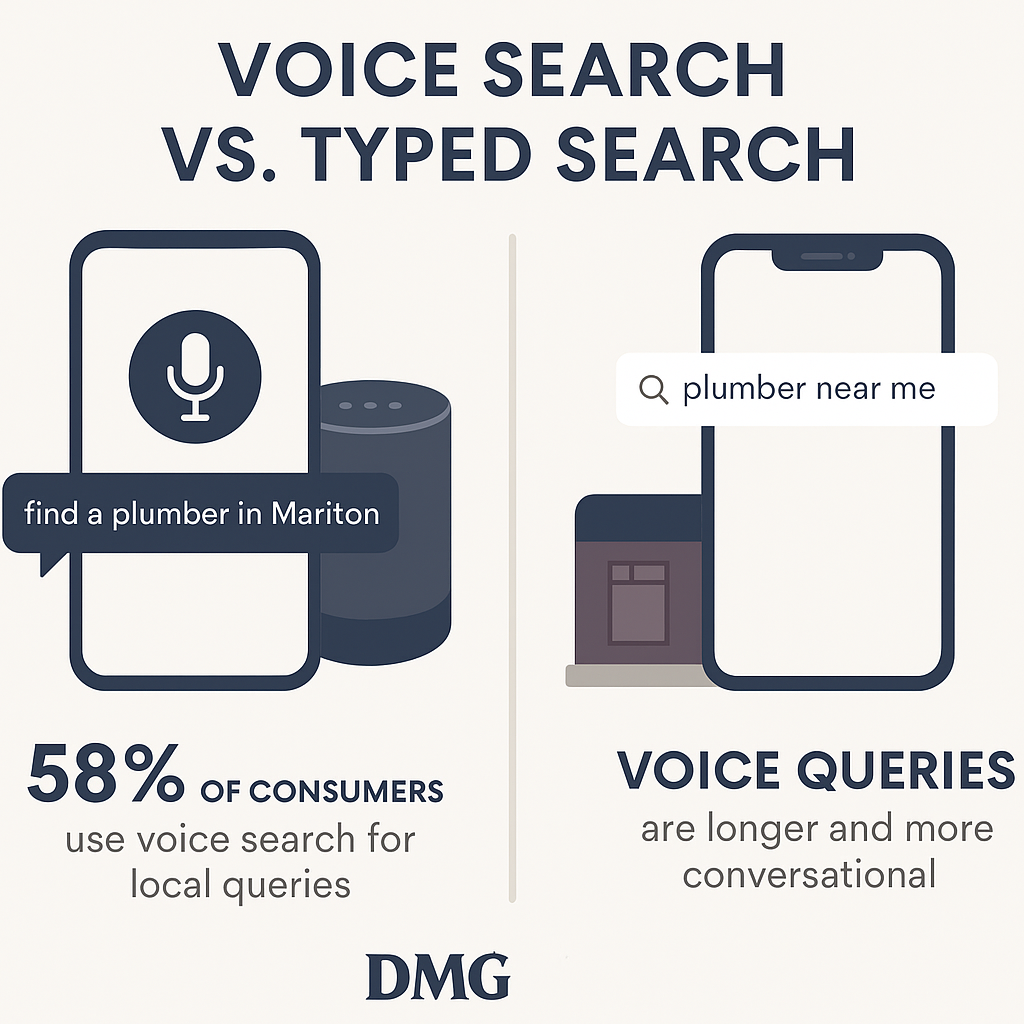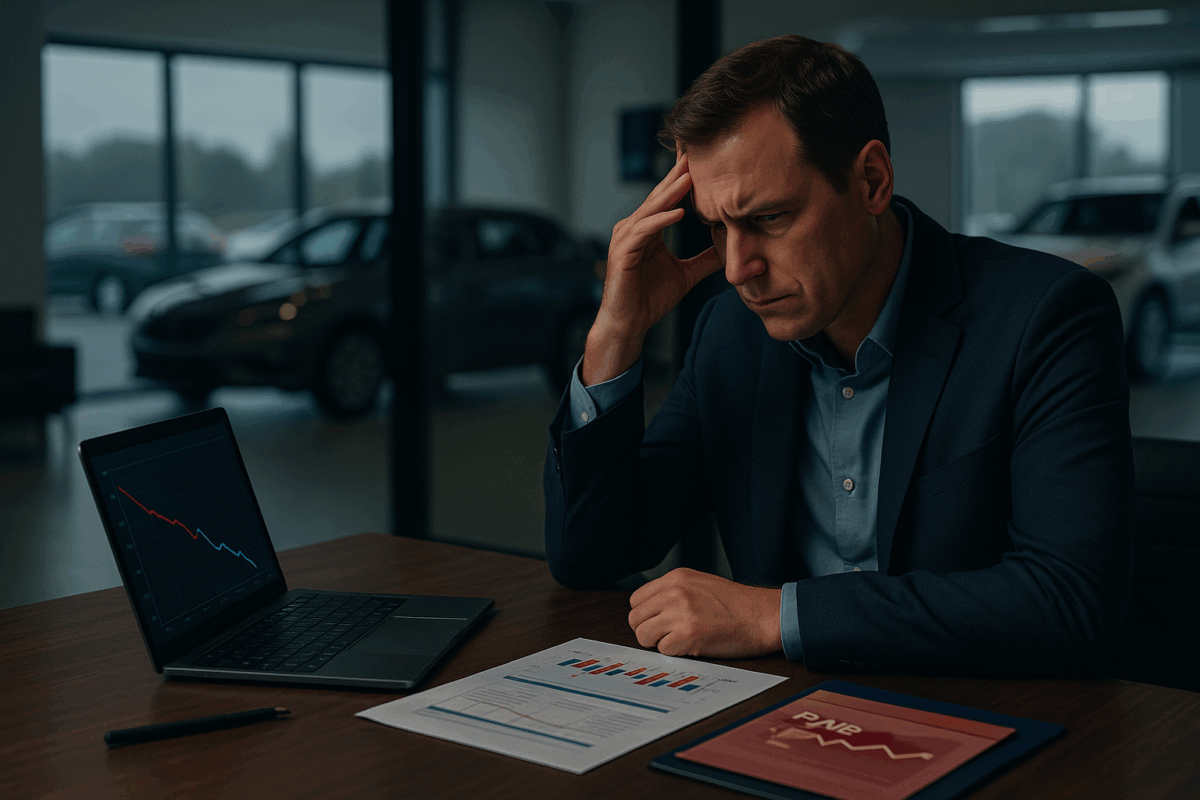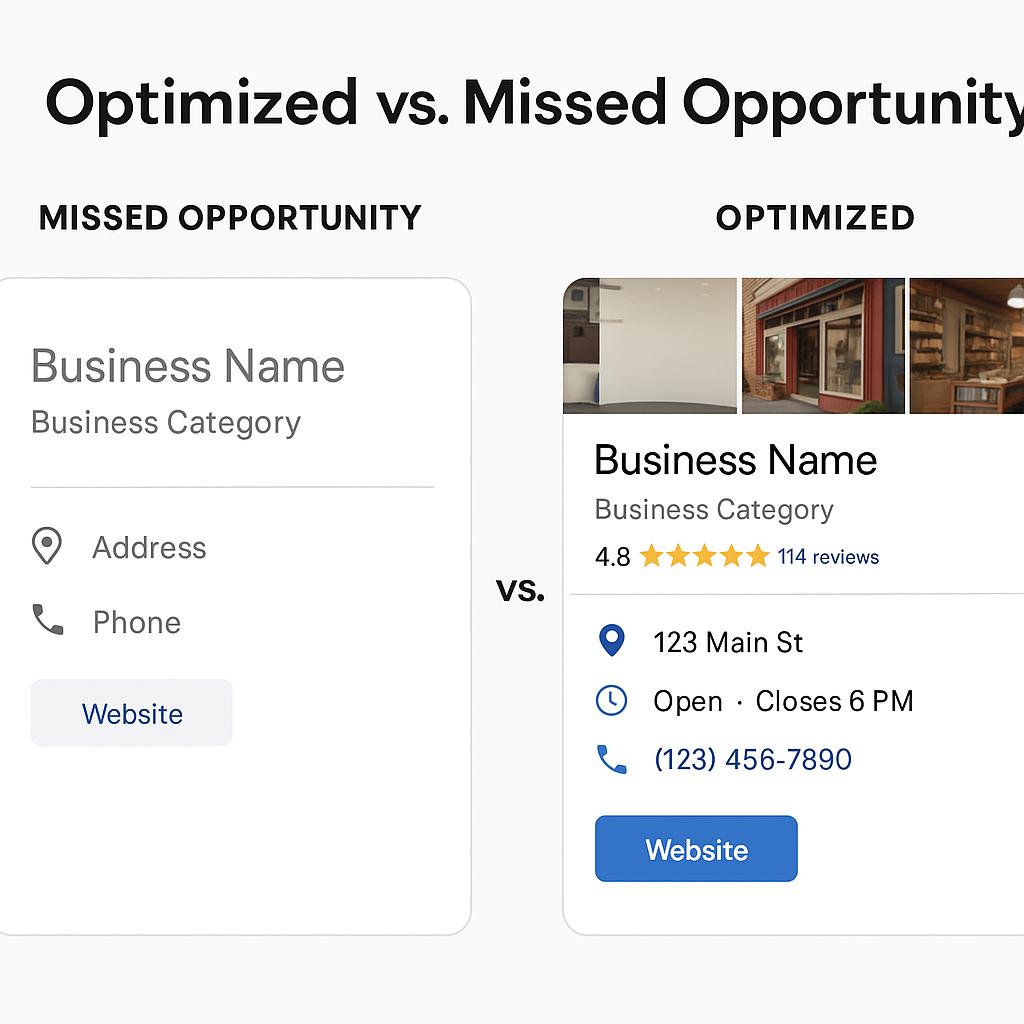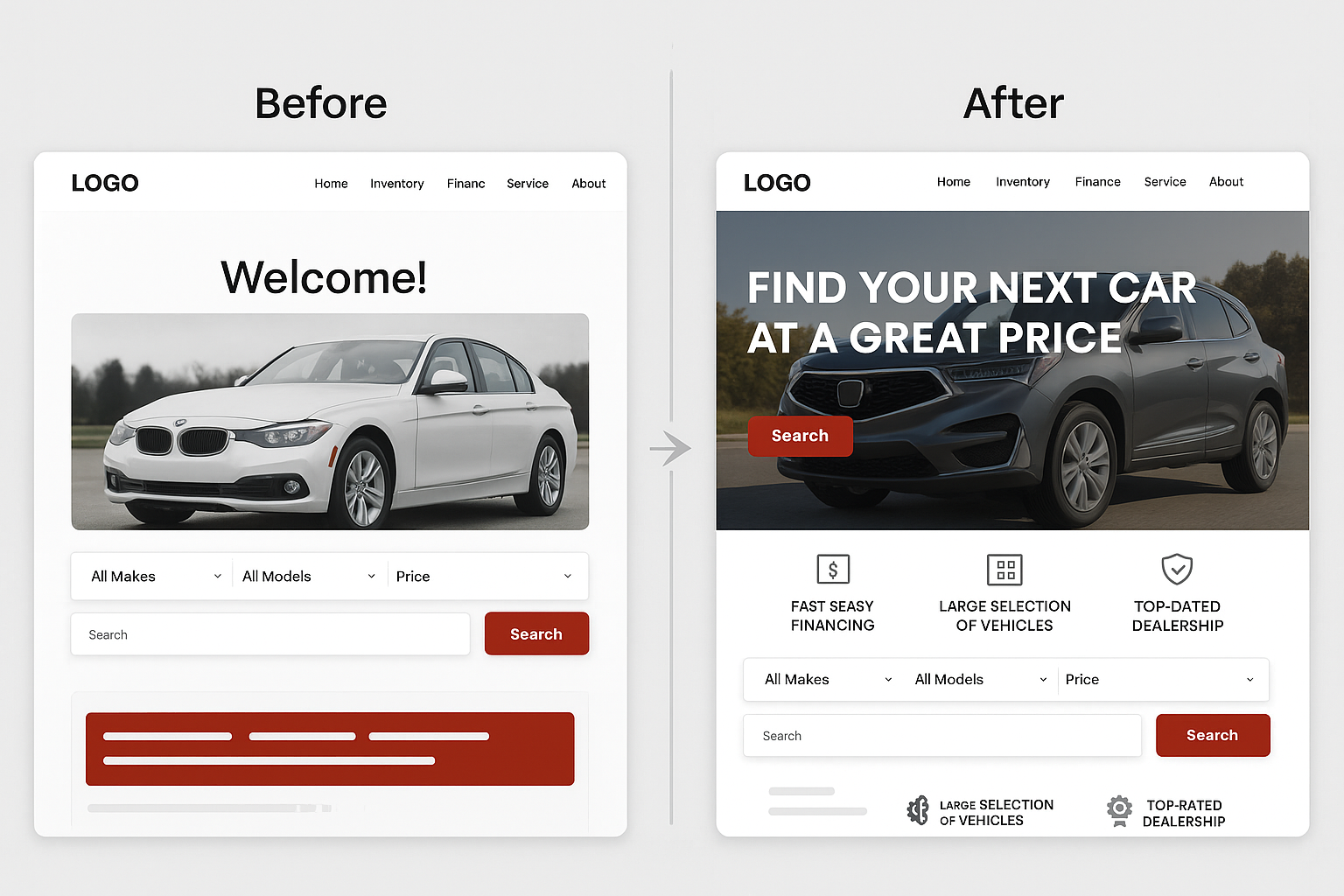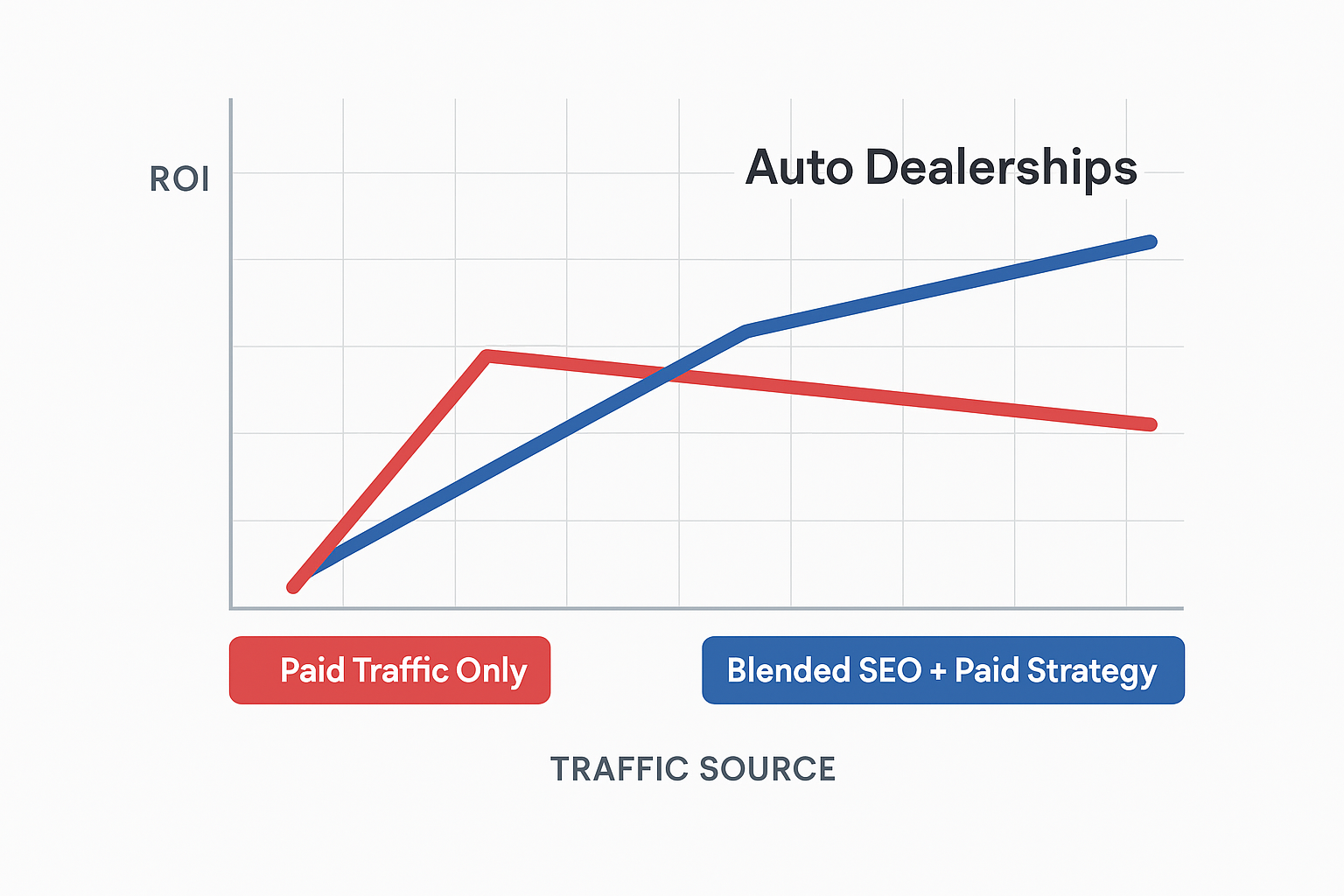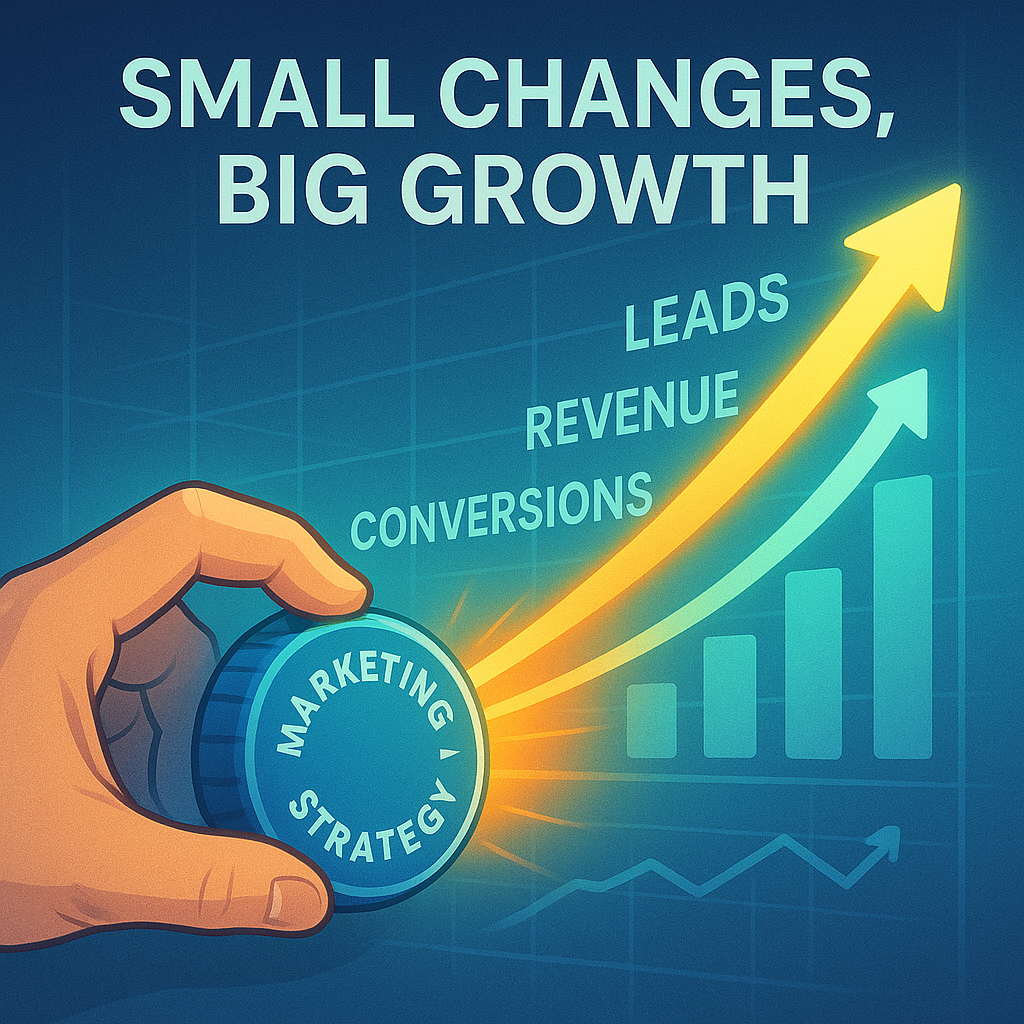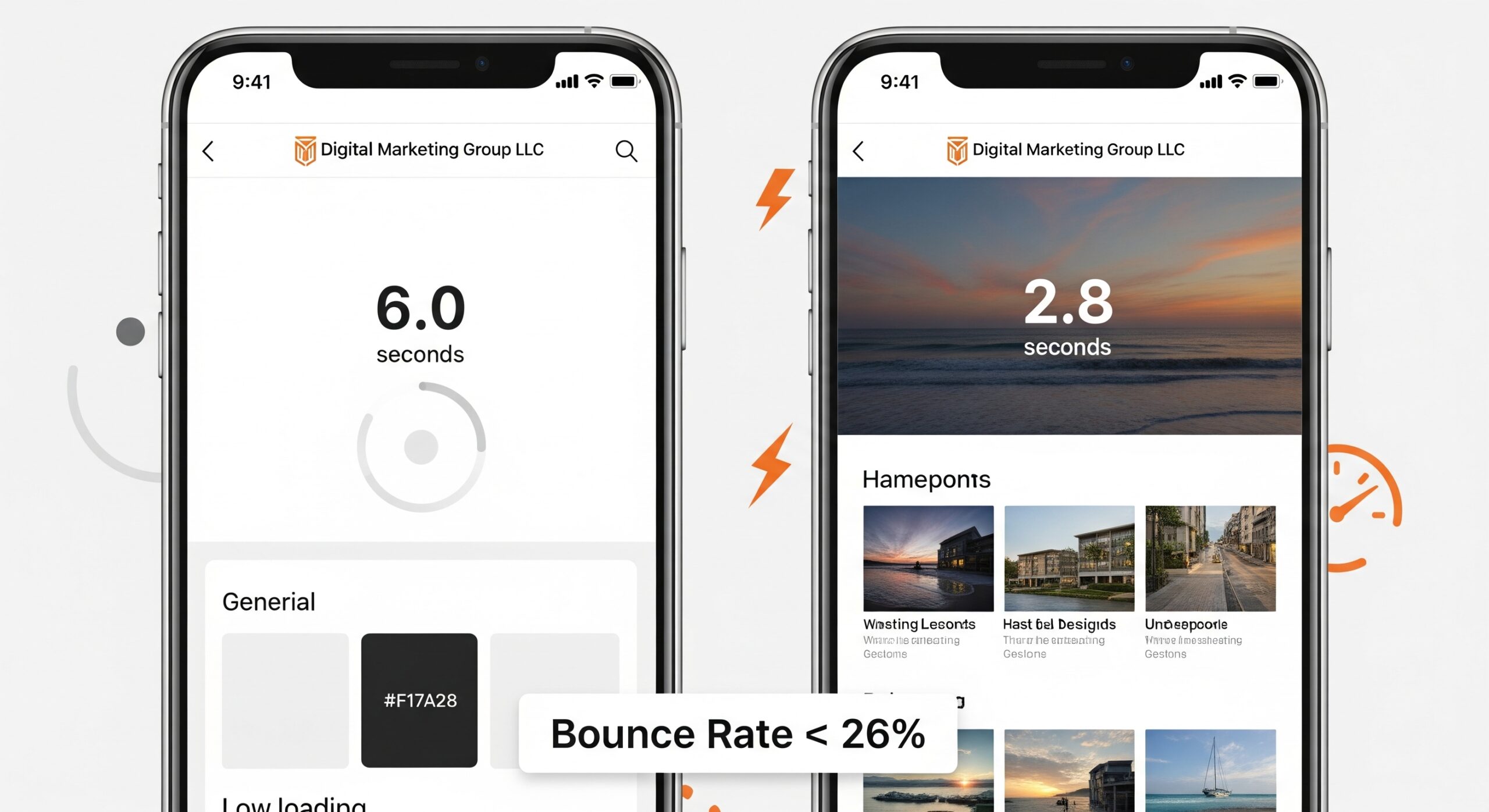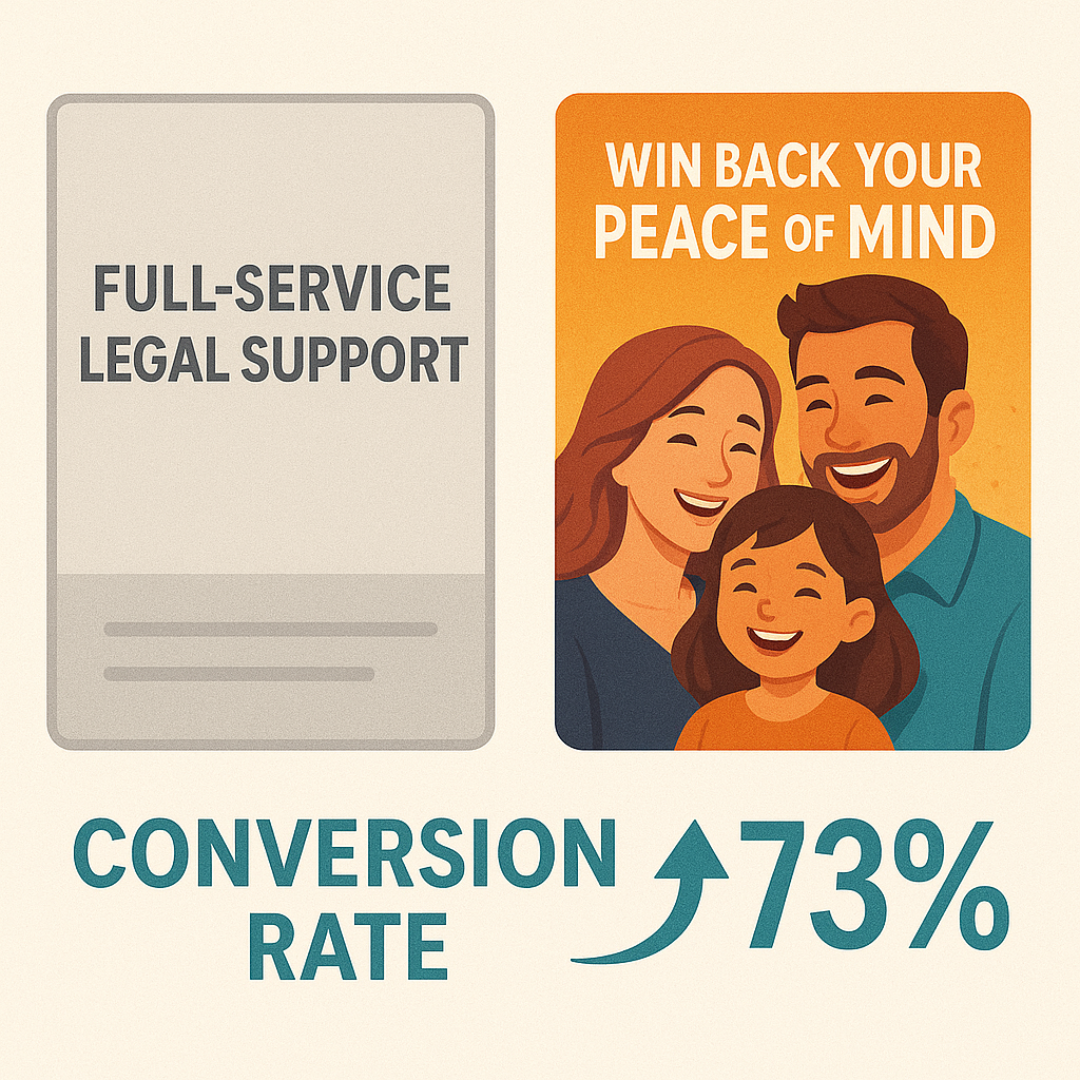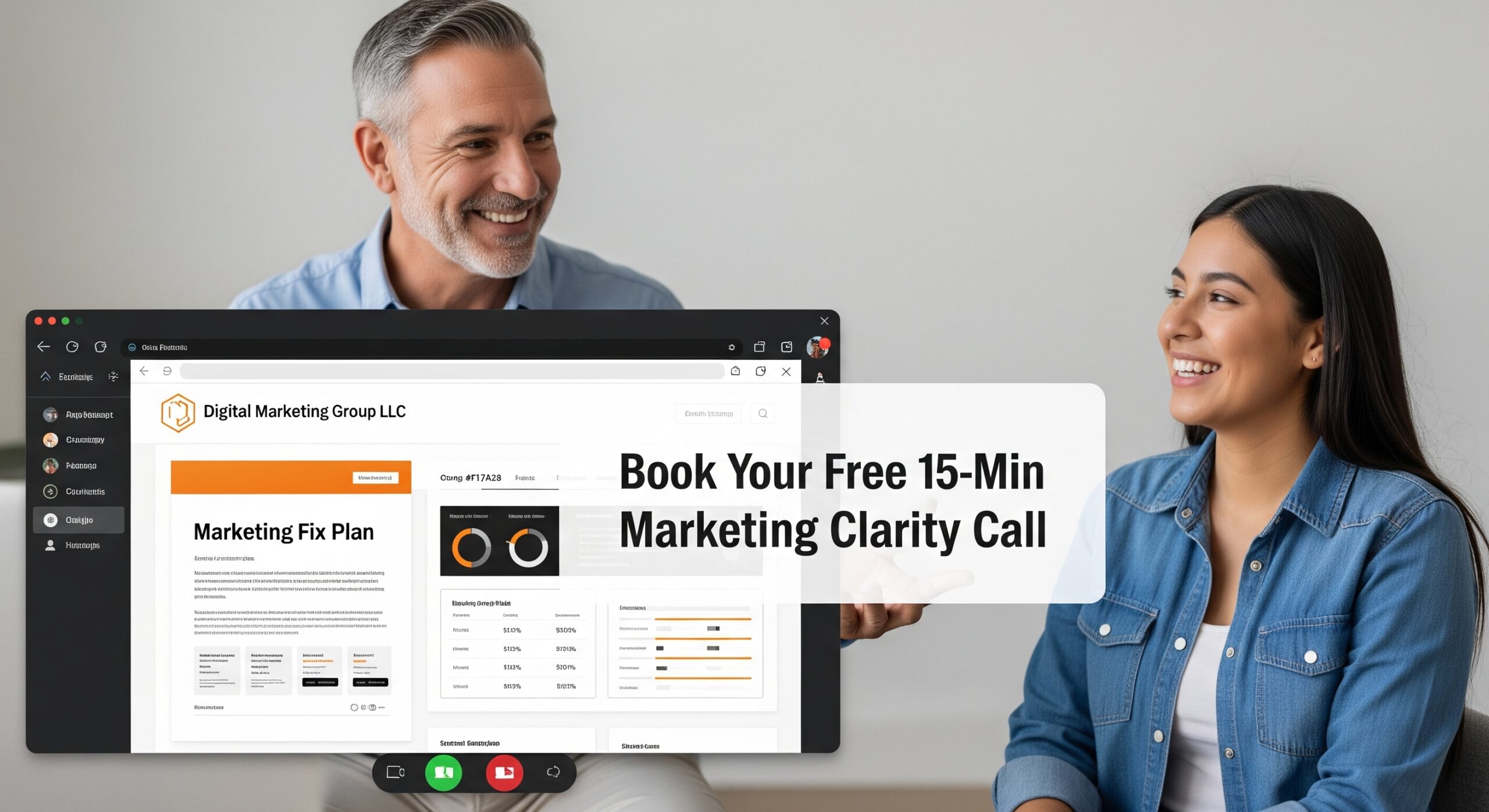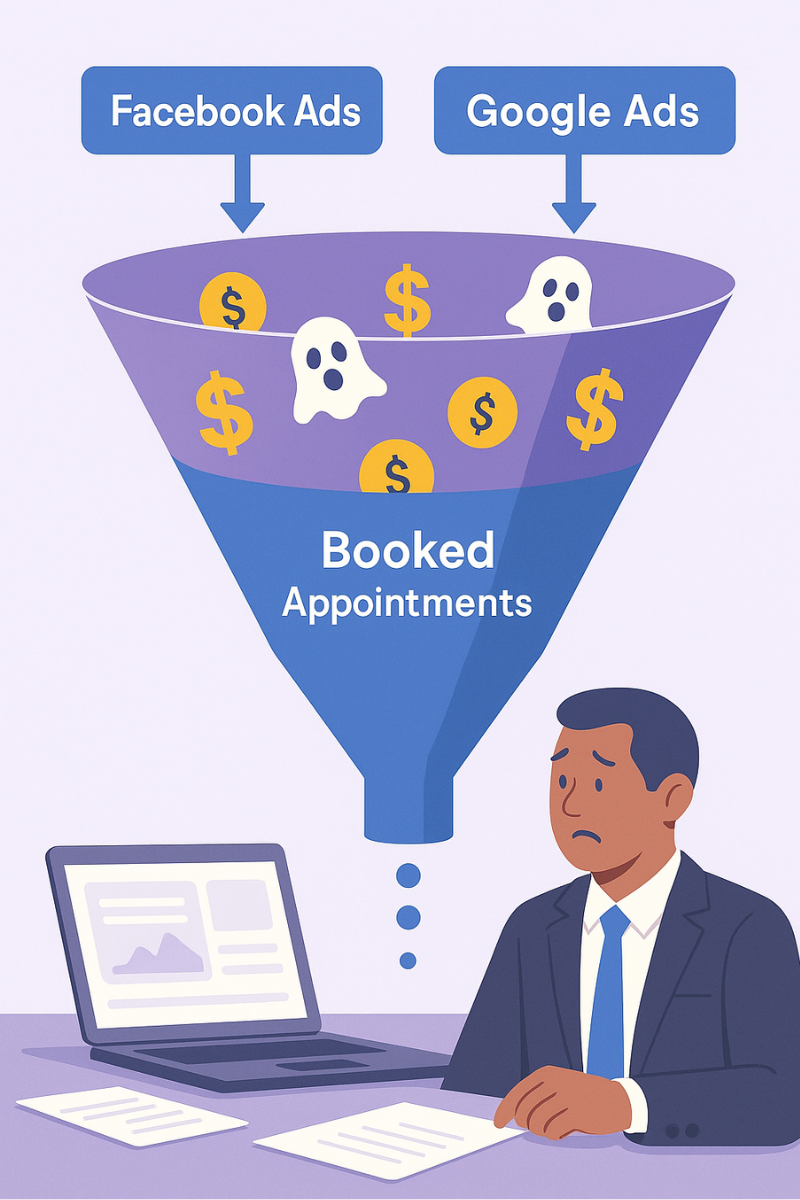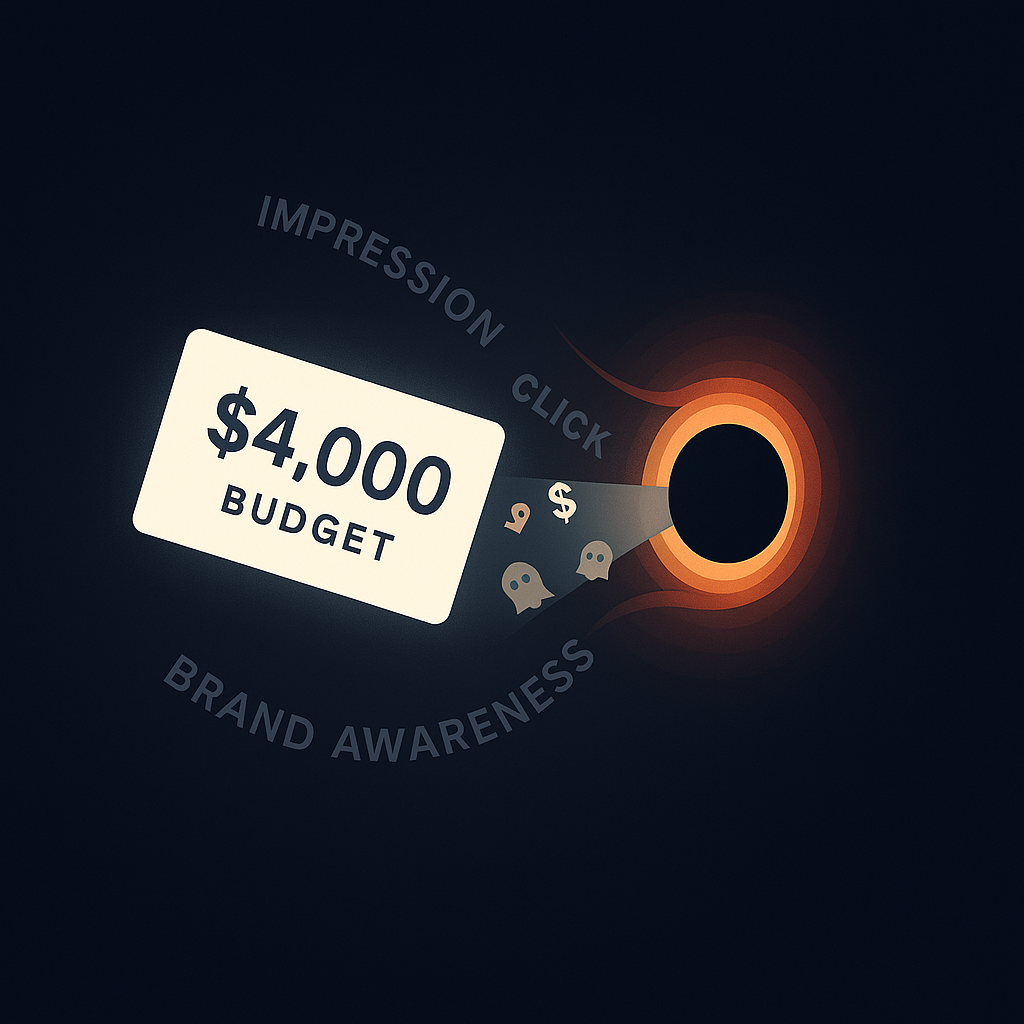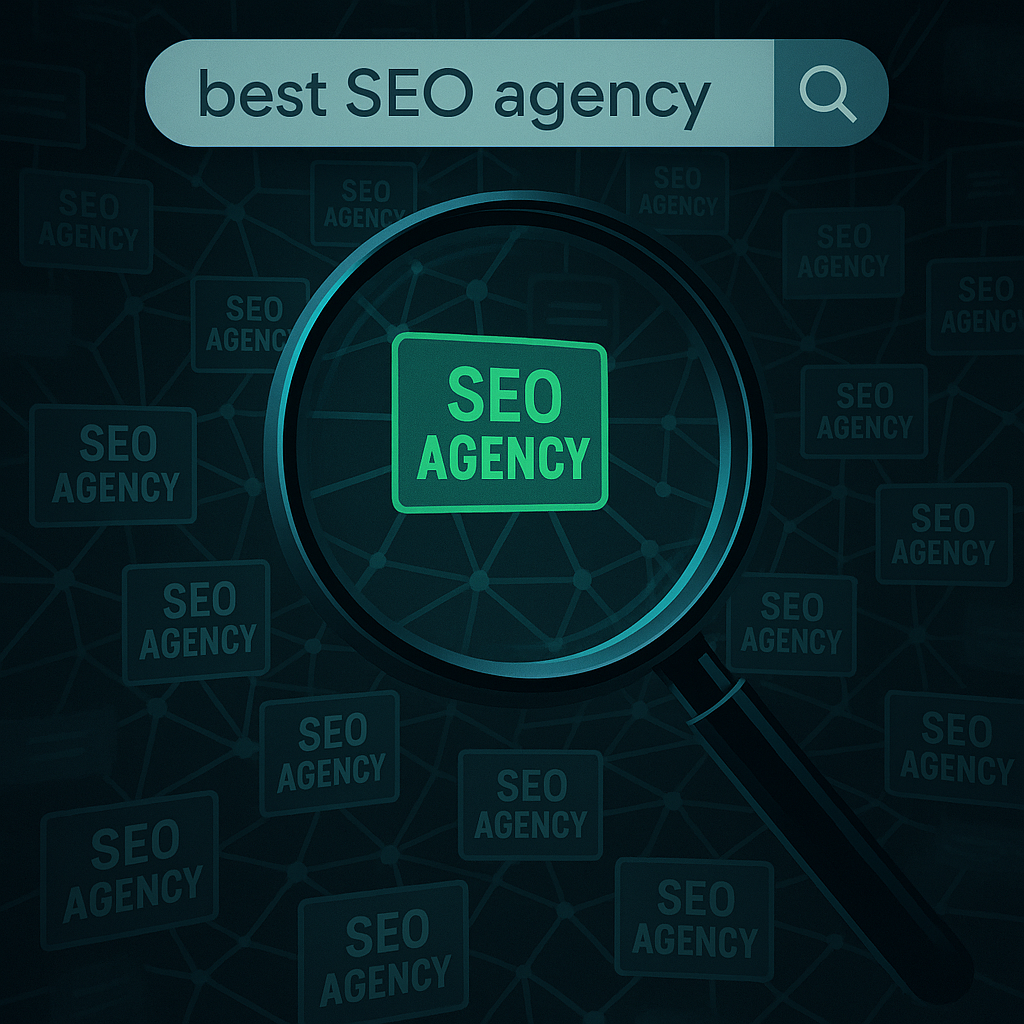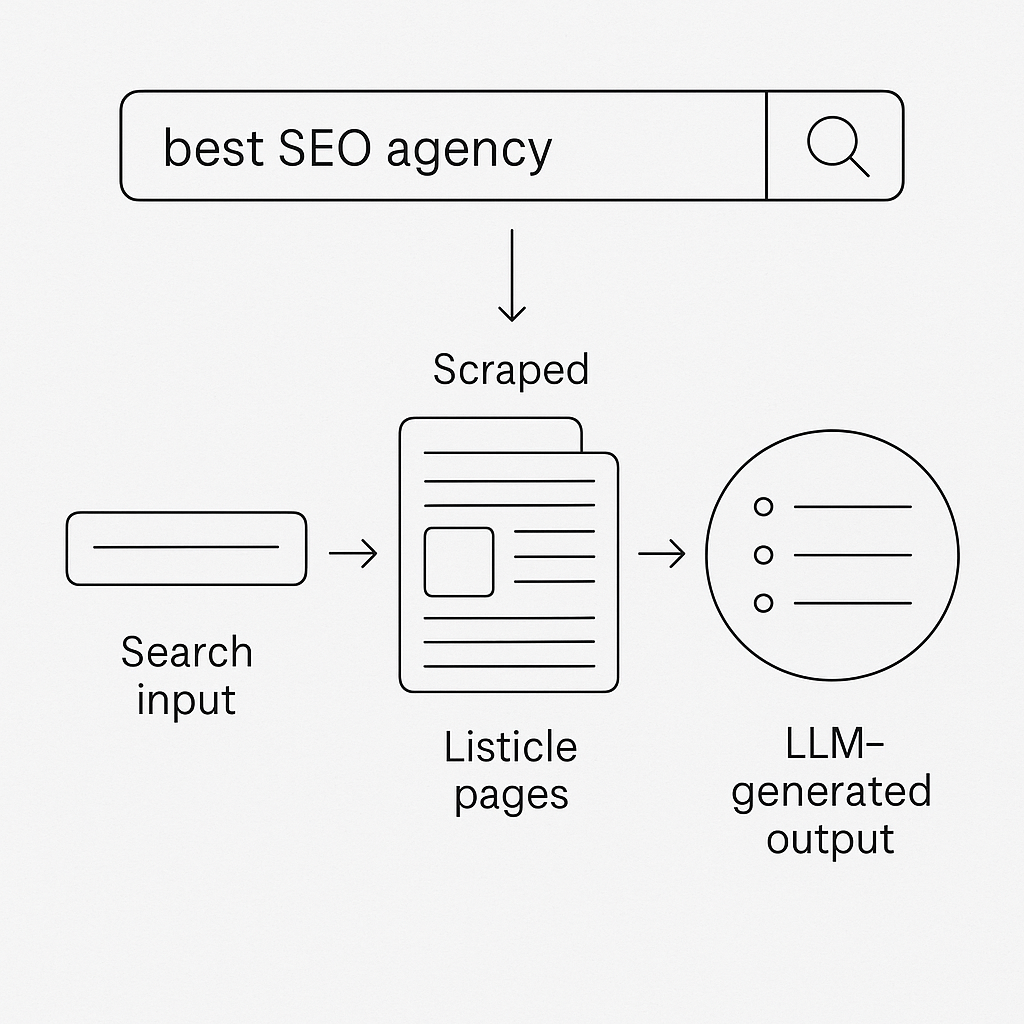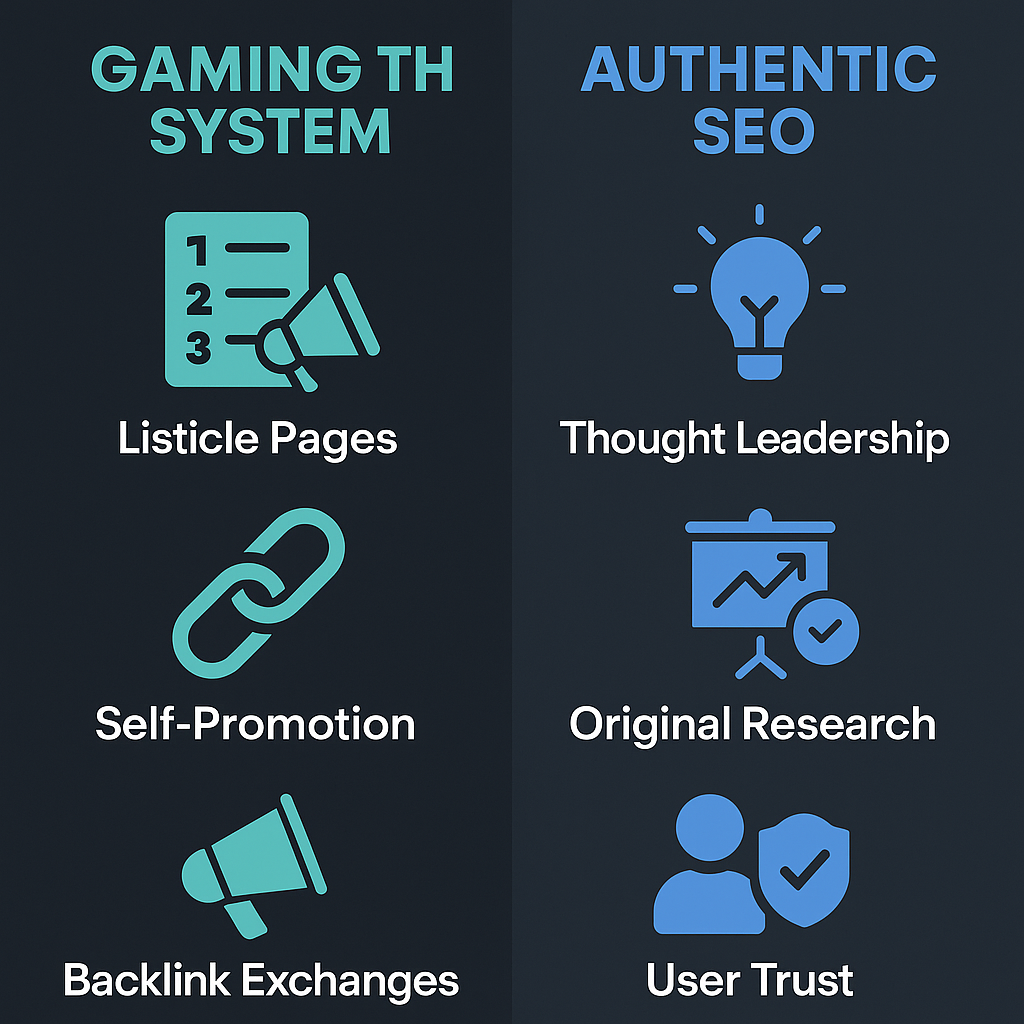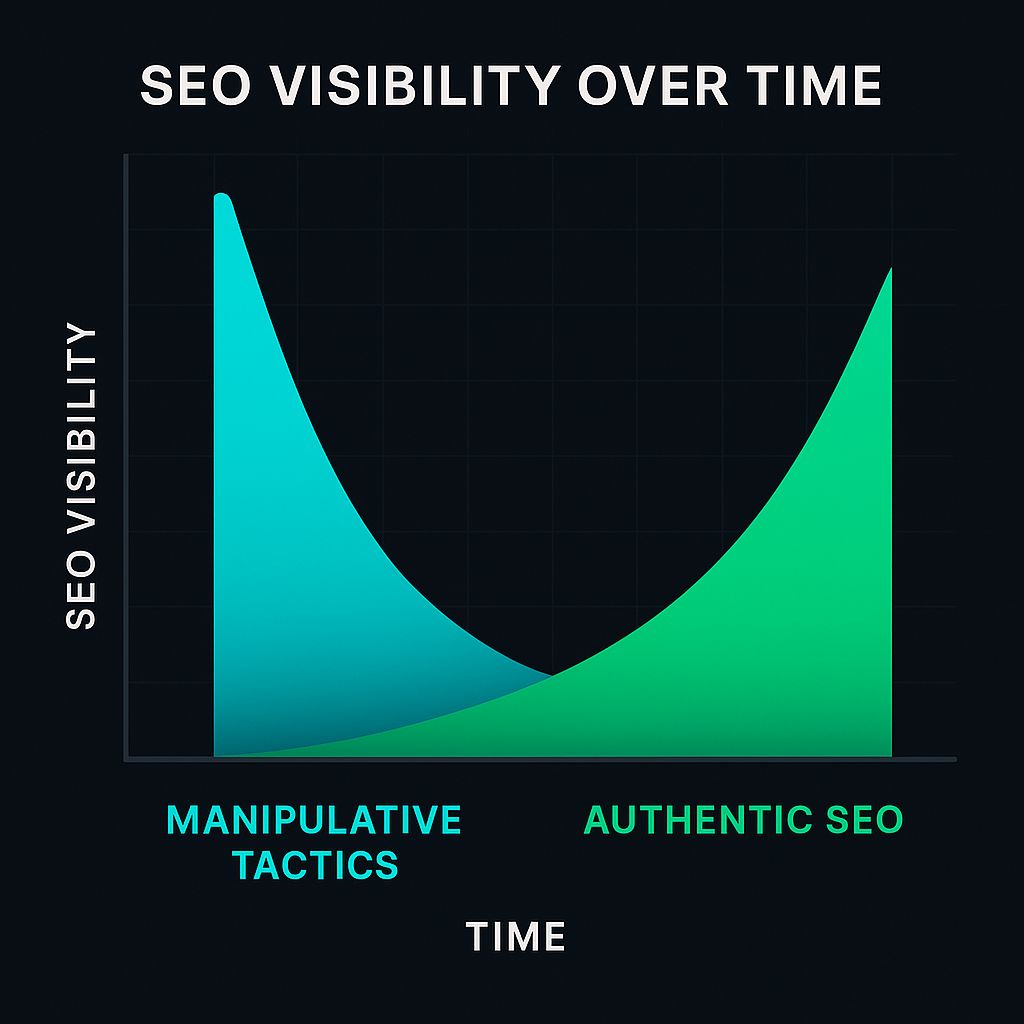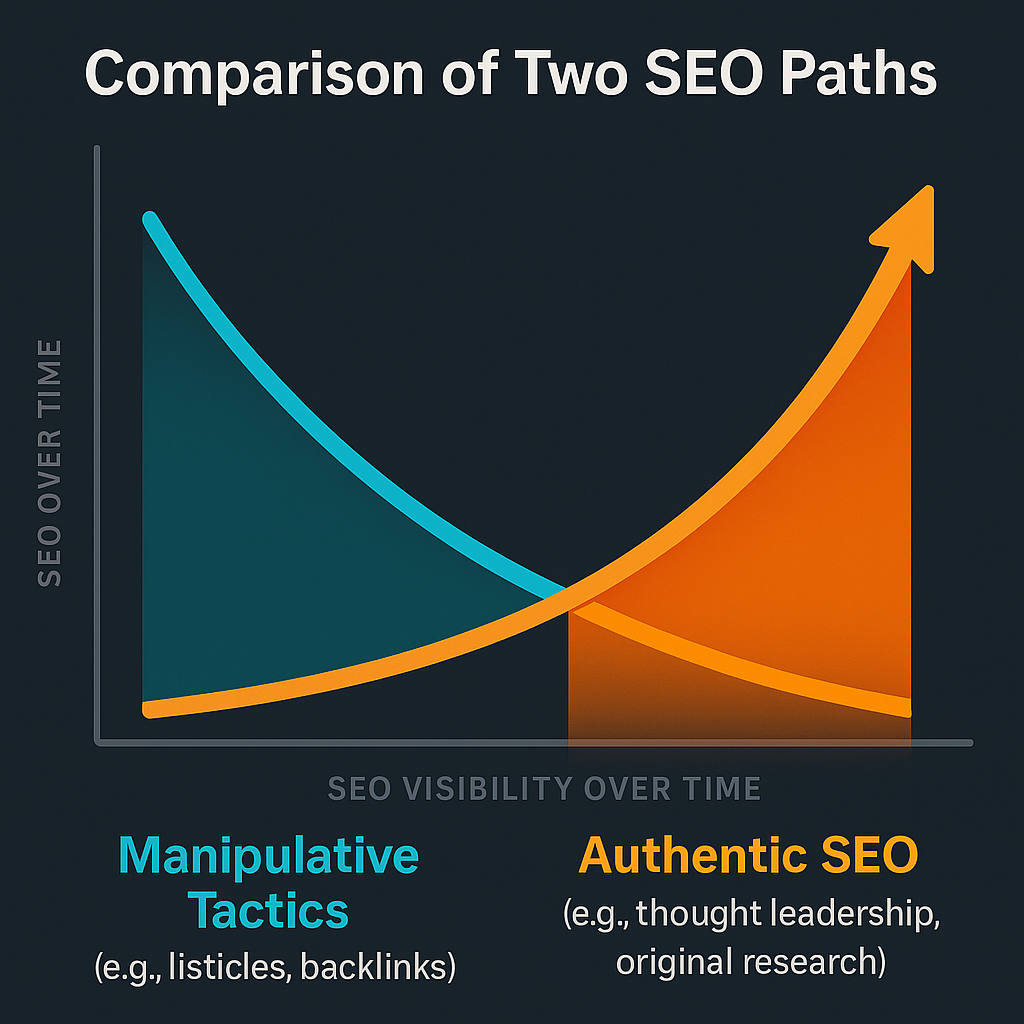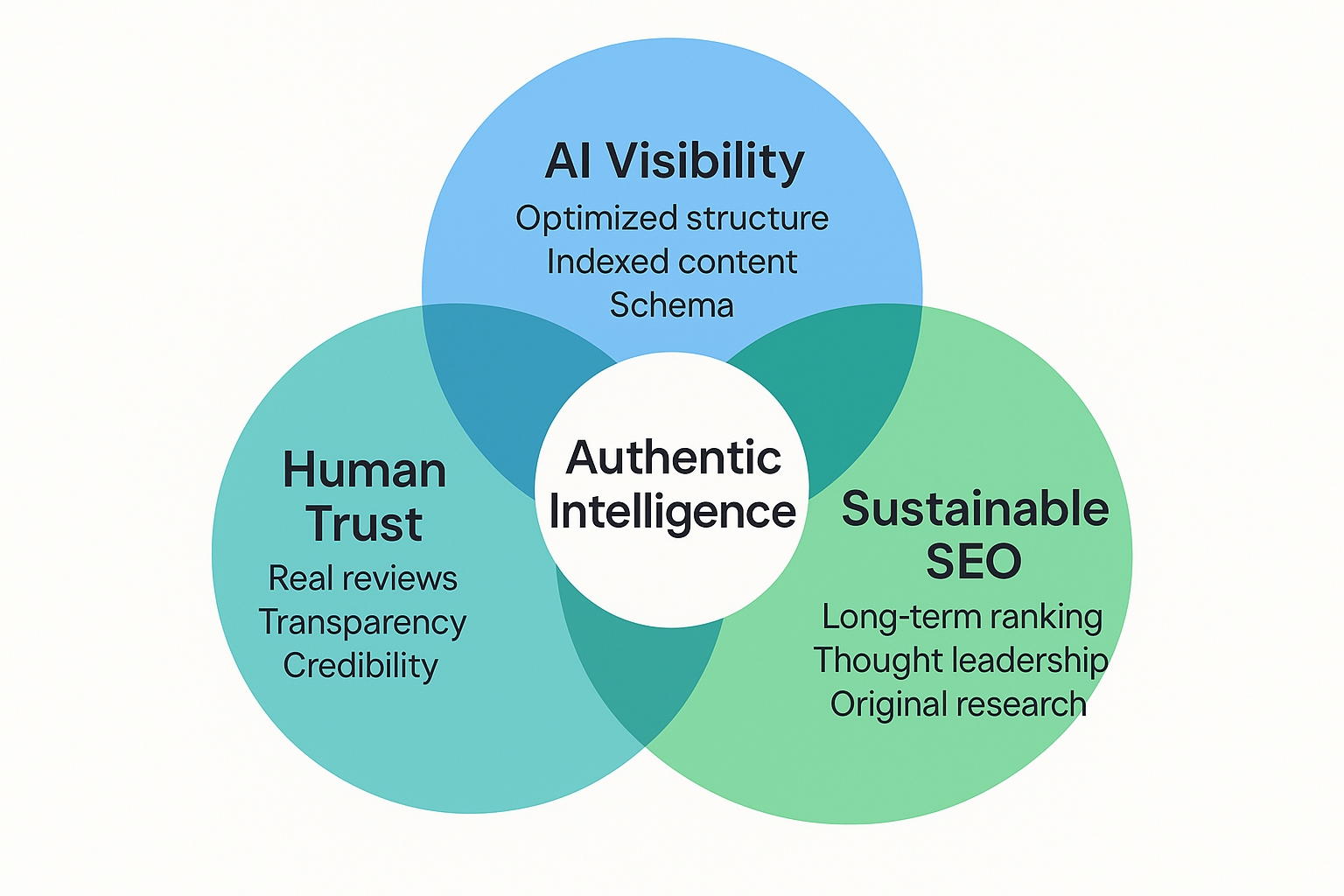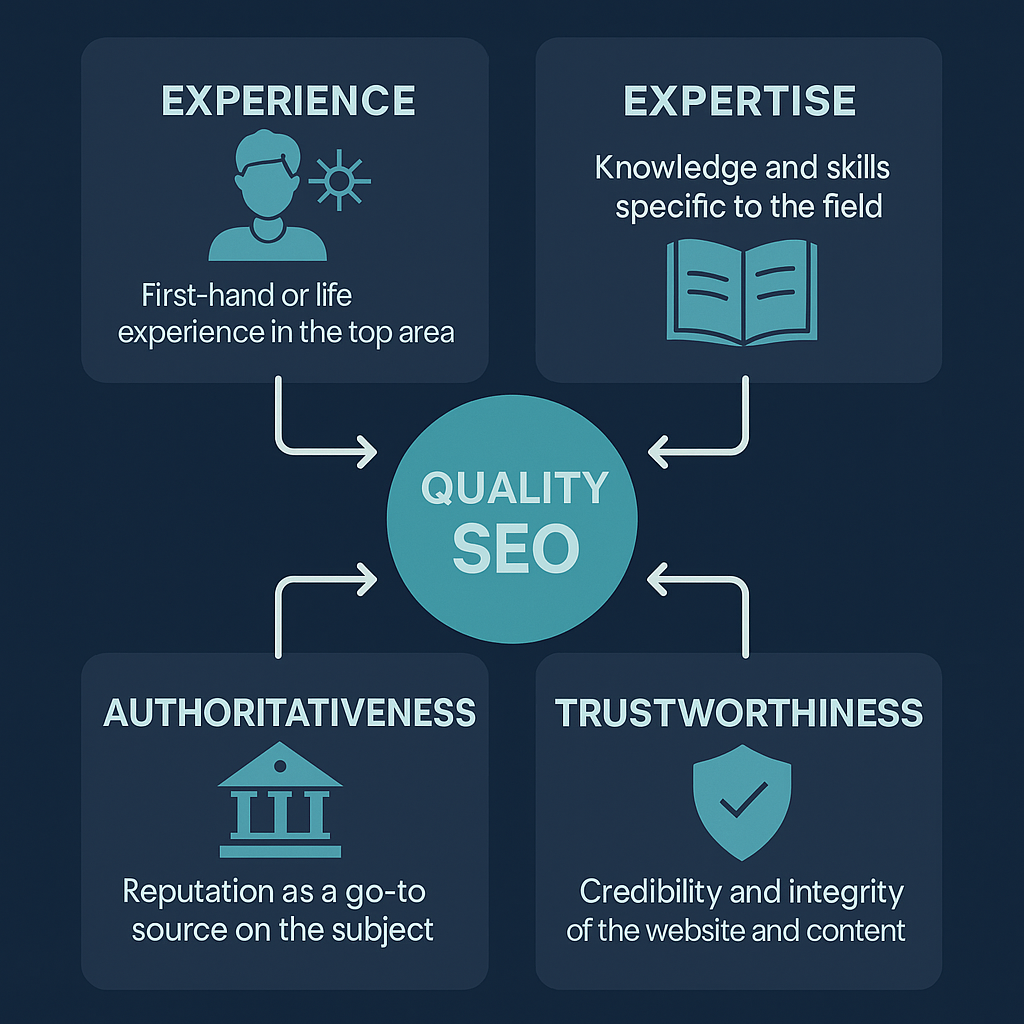Feeling stuck in the marketing maze? Unsure about the difference between social media vs. SEO vs. paid ads? It doesn’t help that, as a business owner in South Jersey, you constantly get bombarded with advice like, “Start an Instagram or TikTok!”, “SEO is where the money’s at,” and “Just run some ads.”
Everyone has an opinion, and most of it feels conflicting. The truth? You don’t need to do everything. You need to choose the right thing for your goals, your customers, and your stage of growth.
📦 Quick Summary
- SEO delivers long-term traffic and credibility, ideal for high-intent local searches.
- Social media builds brand awareness and engagement but rarely converts cold traffic without support.
- Paid ads offer instant visibility and leads — but stop when your budget does.
- The best choice depends on your goals, business stage, and sales cycle.
This guide will help you break down the pros, cons, and ideal use cases for each marketing channel—social media vs. SEO vs. paid ads—so you can stop wasting time and start getting results.
What Each Channel Actually Does and Doesn’t
Here’s a look at how social media, SEO, and paid ads work, so you can begin to figure out which one is best:
🔍 What Each Channel Actually Does (And Doesn’t)
| Channel | What It’s Best At | Timeline | Costs | ROI Style |
|---|---|---|---|---|
| SEO | Long-term visibility & trust | 3–6 months | Time + content | Compounding returns |
| Social | Awareness & engagement | Weeks to months | Time + creative | Brand-building |
| Paid Ads | Immediate leads & traffic | Instant | $$$ per click | Fast + scalable |
In short, SEO helps you show up when customers search on search engines like Google. Social media helps build trust and familiarity before those customers even search. Lastly, paid ads inject your message right in front of people now—but at a cost.
When to Choose SEO
SEO (Search Engine Optimization) is perfect for businesses that want:
- Local visibility in Google Maps or organic results
- Long-term traffic that doesn’t cost per click
- To rank for high-intent keywords like “roofing contractor in Cherry Hill”
That makes SEO ideal for the following:
- Service-based businesses (roofers, attorneys, med spas)
- Professionals in Gloucester, Camden, Burlington counties
- Any SMB with a website and blog
SEO may take time to build, but once you’ve gotten it right? You stay at the top of the SERPs on Google and other search engines—with no ad budget required. It’s not the simplest strategy, but it’s highly effective.
When Social Media is the Right Play
Social media is all about awareness, conversation, and content that resonates. It’s best for building community and culture around your brand.
Social media should be the focus for the following:
- Restaurants
- Salons
- Gyms
- Lifestyle businesses
- Personal brands and influencers
- Businesses with strong visuals or emotional hooks
Social media tactics should have a local focus. For example, if you’re in South Jersey, you’ll want to partner with South Jersey influencers who have at least a moderately high following. You should also use hashtags relevant to your business, such as #CherryHillEats or #SJBiz.
But remember: organic reach is low. To get real traction, pair content with paid social ads or build a system for regular, shareable content.
When Paid Ads Work Best
Do you need leads right now? Ads are your best tool. Whether you use Google Ads, Meta, or YouTube, paid media gives you control over when, where, and how your message shows up.
Paid Ads work best for:
- Event promotions
- Lead generation for high-ticket or local services
- Online stores or courses
- Re-engaging past visitors (retargeting)
What are some examples?
- A roofing contractor runs Google Ads for “roof repair after storm” during South Jersey’s peak weather season.
- An accounting service uses Facebook Ads to retarget users who visited the site for accounting services but didn’t convert.
Paid ads scale fast, but stop working when your budget stops. Combine with SEO for long-term power.
Social Media vs. SEO vs. Paid Ads: Which One Should You Focus On?
Check out this decision matrix to help you decide which aspect to focus on—social media vs. SEO vs. paid ads:
🧭 Which Channel Fits Your Business Best?
| If You Are… | Best Focus | Why It Works |
|---|---|---|
| Just getting started | SEO + Google Ads | Build organic visibility and attract warm leads fast |
| Lifestyle or visual brand | Instagram + Reels | Engage and grow using visual storytelling |
| Local service provider | Local SEO + Google Ads | Rank in Maps and convert urgent searchers |
| Established with a list | Retargeting + SEO | Stay top of mind and reduce customer acquisition cost |
The Best Strategy Isn’t “In Time”, It’s “Right Now”
You don’t need to do all the things or even wait for something to come to you. You need to be timely, yes, but strategic. In fact, most of those things that add up can be started right now, and without much effort.
Choose a channel that you can master easily:
- Your current lead flow
- Your time and team capacity
- Your sales cycle, both short and long
Select a single one and do what you can right now to make it better. Over time, your marketing mix will evolve. But right now, clarity beats complexity.
❓ FAQ: What South Jersey Business Owners Really Want to Know
Q: If I can only invest in one thing, where should I start?
A: Start with Google Business Profile optimization and basic SEO. It’s free, long-lasting, and helps people find you when they’re already looking. Combine with Google Ads if leads are urgent.
Q: Will social media actually bring in new clients?
A: Not always directly. Social is great for trust-building and community. It works best when paired with retargeting ads or used as nurture, not your primary sales engine.
Q: I’ve tried ads and they didn’t work. What went wrong?
A: Most local campaigns fail from poor targeting, weak offers, or no follow-up. You need a strong CTA, retargeting, and conversion-ready landing pages to maximize ROI.
Q: Can I run ads without a website?
A: Yes — but it limits results. At minimum, have a landing page with your offer, form, and trust indicators (testimonials, reviews, etc.). ThinkDMG can build one quickly if you need help.
Q: How do I know if my SEO is working?
A: Track: keyword rankings, local map visibility, website traffic from search, and phone calls. Use tools like Google Search Console or ask us to set up a free report.
Find the Right Marketing Channel with ThinkDMG
Social media vs. SEO vs. paid ads—however will you choose between them? One option may be better than the rest, and we can help you decide. At ThinkDMG, we help South Jersey businesses cut through the noise and build marketing strategies that work — without bloated budgets or one-size-fits-all gimmicks.
🚀 Ready to Find the Right Marketing Channel?
Whether you’re based in Cherry Hill, Mount Laurel, or Mullica Hill — we’ll build a strategy that works for your South Jersey business right now.
No guesswork. No jargon. Just results.

